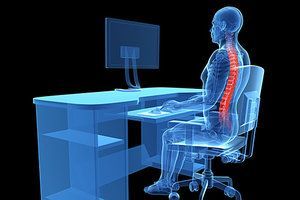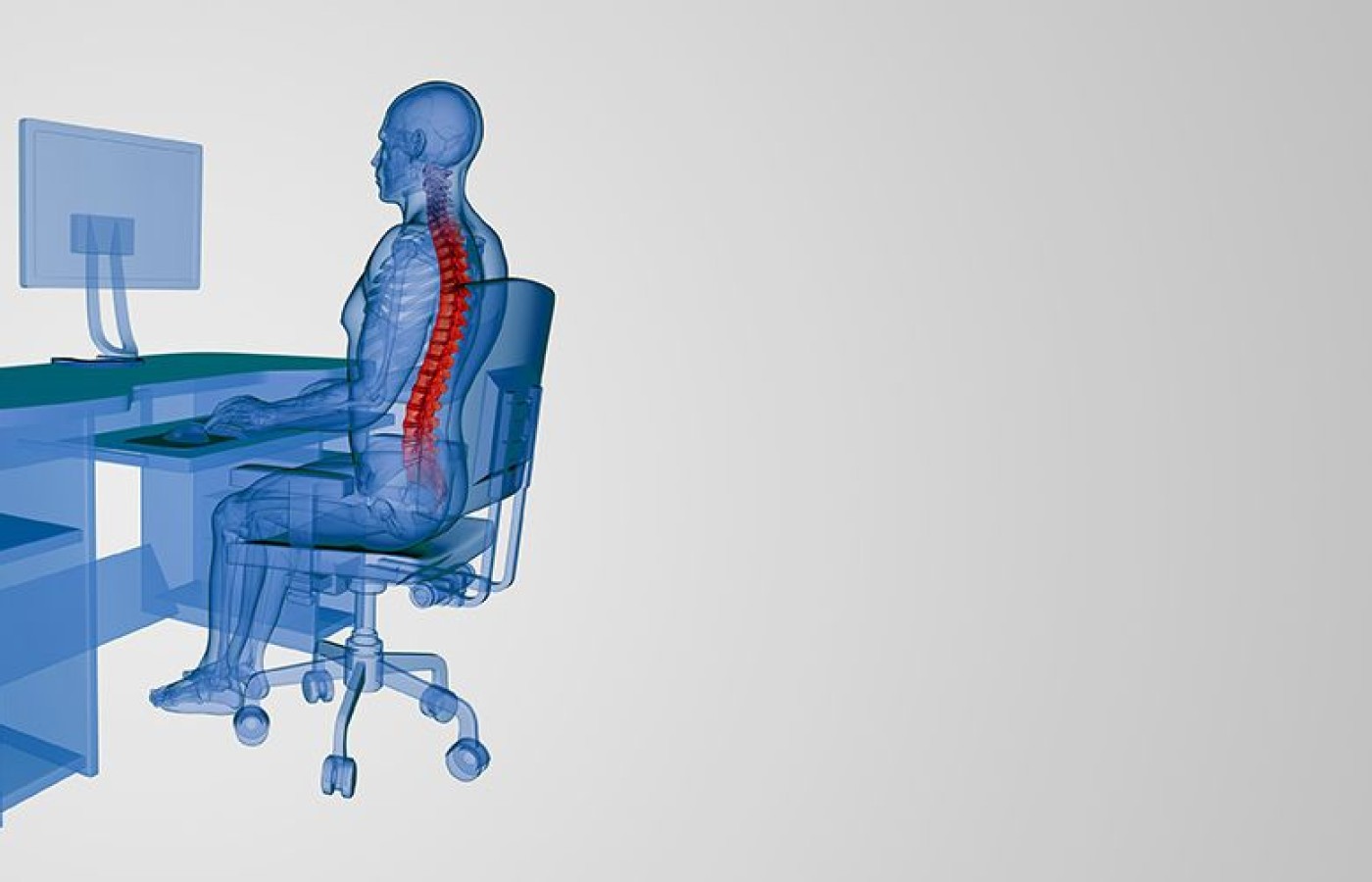You became a chiropractor to serve people, not an insurance company. You deserve to run a business that aligns with your values, supports your family and lights you up. Cash-based care isn’t just a pricing model – it’s a philosophy rooted in freedom, trust and respect for your patients and for yourself. Here's why - and how - to do it.
The 35-in-5 Posture Solution
As chiropractic doctors, we need to own posture assessment and treatment. Postural imbalances affect respiration, balance, locomotion, joint health and are even related to premature aging. As technological advances continue to promote a more sedentary lifestyle, the impact of poor and weak posture will continue to increase. Let's discuss an ideal way to help our patients.
Three Steps to Postural Correction
- Chiropractic adjustments to restore compliance to the spine and affected peripheral joints
- Teaching the patient "autocorrection" so they can actively position themselves in strong posture as close to neutral as possible
- Corrective exercise to reinforce the adjustments for long-term correction
Chiropractic adjustments are essential. Whether it is a laterally shifted atlas, locked first rib, a PI ilium or medially rotated acetabula, know how to find it and restore function to the region. If your adjusting skills need a bit of sharpening or if you need a few more techniques in your toolbox, take a few continuing-education classes.

Autocorrection of postural imbalances is straightforward ... if the patient has body awareness. If a patient is disassociated with their body and has poor psychomotor skills, they need to reconnect their body statically and dynamically in space to their brain. Sensorimotor training, alternate reciprocal exercises, physioball and simple movement pattern retraining are all excellent for this demographic. In addition, patients need intersegmental spinal and joint mobility to get into tall, strong, neutral posture. Once again, be sure to appropriately adjust these patients.
Exercise needs to be consistent and geared toward maintaining neutral spine. However, corrective exercises are generally not "sexy," involving high-tech equipment and compound movement patterns. They begin as isolated and controlled movements before the patient progresses to "exciting" multiplanar exercises and finally translates it into everyday activities and sport. The solution for achieving consistency is to incorporate autocorrection into ADLs, especially desk work and gaming for our adolescents.
The 35-in-5 Solution
This exercise-based posture program is simple: five minutes of exercise an hour throughout the day. In a typical eight-hour day, there would be seven exercise breaks: seven different exercises, five minutes each, adding up to 35 minutes a day. Attainable, effective, simple.
Ludwig developed a program for postural correction and awareness for adolescents using gym equipment that can be modified to be performed at home or work with minimal equipment. He followed his patients for six years and found that patients who continued with the program maintained the benefits of the exercises, while the patients who discontinued deteriorated. The 35-in-5 solution should be the long-term posture correction strategy for everyone.
The exercises are specifically designed for people working from home on numerous virtual meetings during the day or teleconferencing. They are quick, easy to implement and offer many options if you add elastic resistance, unstable surfaces or ankle or wrist weights.
Even when using a VariDesk other similar adjustable desk, progressive postural distortion occurs, underscoring the importance of these exercises. There are two sets of exercises: one for low back and core and the other for "tech neck." The exercises can be mixed and matched; however, a split routine of upper three days a week and lower three days a week works well.
Core and Low Back Program
- Curtsey squats: three sets, 15 reps; 60-second rest interval
- Wall sits with flattened lumbar spine: three sets, 30-second isometric hold; 60-second rest interval
- Quadruped – start with resistance band: three sets, 15 reps, three-second holds; 60-second rest interval
- Prisoner squats (maintaining lumbar neutral): three sets, 15 reps; slow eccentric
- Standing iliopsoas stretches: three sets, 30-second hold each side
- Seating abdominal breathing with autocorrection: five minutes
- Single knee-to-chest stretch – supine or standing against wall: 30 seconds, three times per leg
"Tech Neck" and Upper Back Postural Correction Program
- Seated Brugger's phasic exercise with elastic resistance: three sets, 15 reps; slow eccentric
- Seated cervical retractions (chin tucks) without resistance: three sets, 15 reps; hold five seconds, 60-second rest interval
- Seated cervical retraction with isometric load using elastic resistance: three sets, 15 reps; hold five seconds, 60-second rest interval
- Seated or standing wall angels with elastic resistance (emphasize scapular retraction and depression): three sets, 15 reps; hold two seconds, slow eccentric, 60-second rest interval
- Standing shoulder flexion to 90 degrees in scaption with elastic resistance: three sets, 15 reps; build to one set for two minutes
- Cheerleaders with elastic resistance: three sets, 15 reps; two-second holds
- Seated or standing chest stretches: five sets, 30-second holds
Clinical Notes / Takeaway
The exercises can be done in any order. Teach your patients to slowly recover when using elastic resistance and to hold the endpoints for a two-second count. The stretches can be held for 30-60 seconds, 3-5 repetitions, based on preference. Remind patients to always maintain sagittal plane alignment and autocorrection while exercising.
To repattern faulty movement patterns, and to create strength and endurance, exercises need to be performed properly with adequate load and volume. Prescribing a 35-minute daily workout will most likely not get done. However, prescribing a five-minute hourly posture break to reduce neck and low back pain, headaches, muscle tension, and progressive postural distortion is an effective and simple option.
Editor's Note: Videos of the "35-in-5 Solution" can be found on Dr. DeFabio's YouTube channel.
Resources
- Ludwig O, et al, Targeted athletic training improves the neuromuscular performance in terms of body posture from adolescence to adulthood – long-term study over 6 years. Front Physiol, 2018;9:1620.
- Lee HS, et al. Correlation between trunk posture and neck reposition sense among subjects with forward head neck postures. BioMed Res Int, April 2015:689610.
- Mahmoud NF, et al. The relationship between forward head posture and neck pain: a systematic review and meta-analysis. Curr Rev Musculoskelet Med, 2019 Dec;12(4):562-577.
- Sikka I, et al. Effects of deep cervical flexor training on forward head posture, neck pain, and functional status in adolescents using computer regularly. BioMed Res Int,, July 2020.



